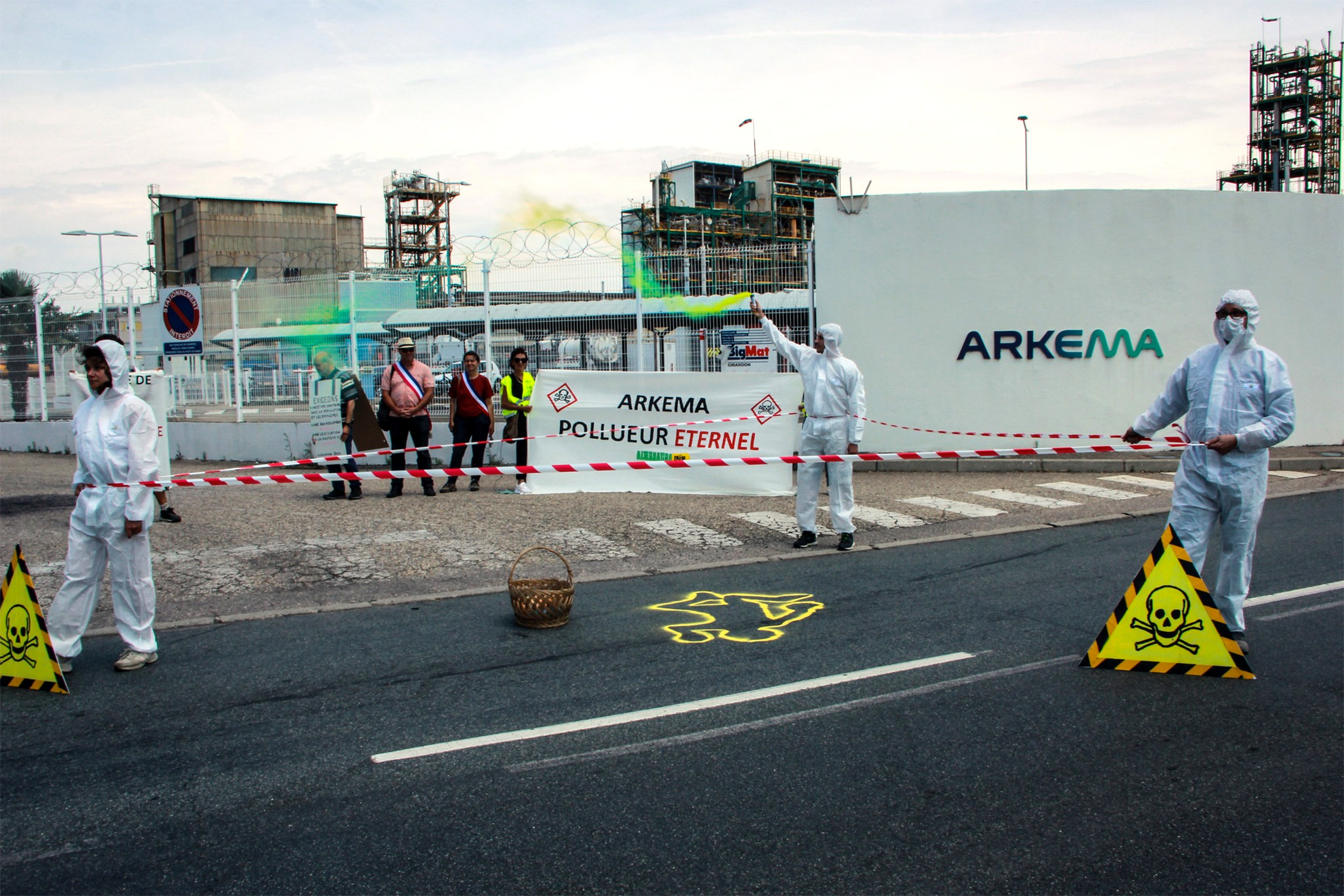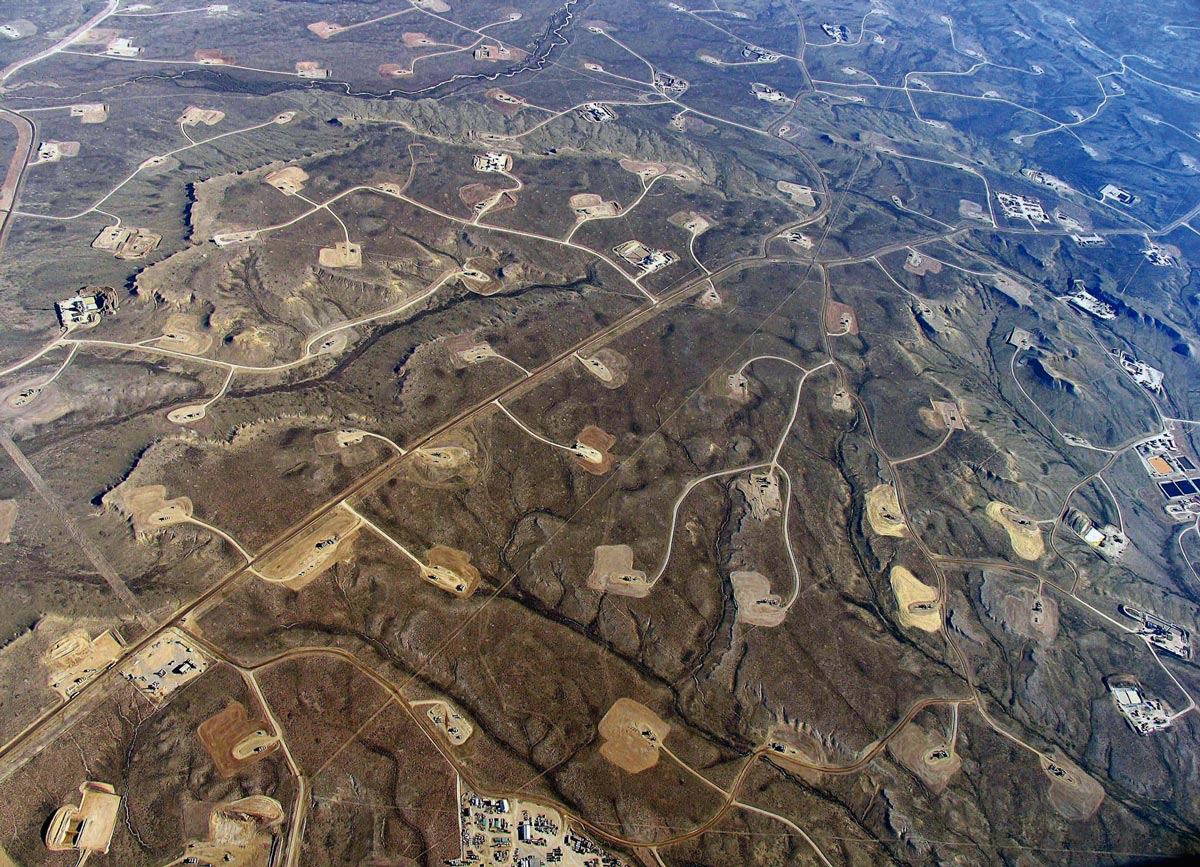Microplastics have been found in Antarctic snow for the first time
- Several researchers at Canterbury University in New Zealand have done the finding, but they don't know since when there are microplastics in it.

The study shows an average concentration of 29 plastic microparticles in Antarctic snow. This number recently exceeds the number of microplastics counted between the Ross Sea and the Antarctic ice barrier. The most common type of plastic has been Polya (Polyethylene terephthalate). This type of plastic is mainly used in the manufacture of bottles, packaging and fabrics. Samples were collected in 2019.
The study reveals that it is difficult to know where the plastic has come from and ensures that there are two options: whether they are the ones that have been produced in it or that the microplastics have come at a distance. The study mentions that they can be generated, as they can be part of the clothing of those who investigate or small portions of the plastic equipment of the research stations, or as a consequence of poorly managed waste. According to the study, it is also possible to arrive at a distance, since these microplastics have been transported by ocean currents or by short- or long-range atmospheric circulation.
The research was carried out by a group of researchers from the University of Canterbury in New Zealand. The team consists of Alex R. Birds, Laura E. Revell, Sally Gaw, Helena Ruffell, Alex Schuddeboom, Ngaire E. Wotherspoon, Michelle LaRue and Adrian J. McDonald. The study has been published in the scientific journal The Cryosphere.
More microplastics around the bases
The average concentration of microplastic particles is 29 particles per liter of snow. They have used 19 samples to carry out the research. The highest concentration level of microplastics was found around Scott and McMurdo bases, three times that specified in a statement: 82 particles per litre. The lowest level was found on the tab of the Erebus glacier: 4 particles per litre.
Glifosatoa baliatzeko hamar urteko luzapena babestu du Europako Batzordeak. Herbizida gisa munduan gehien erabiltzen den produktu kimikoa da, eta potentzialki minbizi sortzaile izateagatik ezaguna da.
Uztailaren 12an New York Times-ek argitaratu zuen: “AEBetan fracking enpresak kiebra jotzen ari dira, iturrien inguruetan bizi direnei utziz pozoi arriskutsuzko kutsadurak eta herritar guztien bizkar hauek garbitzeko kosteak”. Kronikaren hasieran honako kasu bat... [+]





















